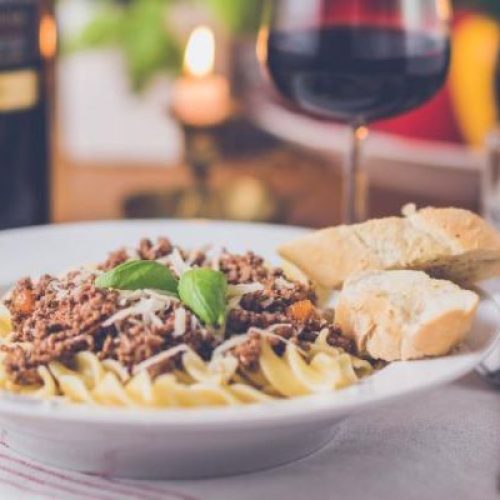We have several posts talking about the different fats and oils … In this paper we will return to the subject of wine, explaining a very surprising nutritional paradox …
The case of the ‘French paradox’ is a curious nutritional evidence in which, at the end of the 80s, it was observed that the French, despite being big consumers of saturated fats (butter, cream, cheese), have a lower incidence of cardiovascular diseases than other developed countries such as Finland, Germany, the United Kingdom or the United States. The French had a cardiovascular risk between 5 and 10 times lower than an Englishman.
Scientists wondered … What is behind this paradox? After several investigations, most explanations focused on the balancing role of red wine, with its recognized heart-healthy effects due to its polyphenol content.
Among all the range of polyphenols contained in the wine, he tried to find out which was the fundamental one and from the first moment one stood out above all: Resveratrol.
Let’s learn a little more about this compound!
Resveratrol is a polyphenol that is present in the skin of the grape, occurs naturally in response to stress of the plant (ultraviolet light, pests or pathogens in the vineyards, drought …) and contribute to the characteristic color of the wine.
This compound has been attributed powerful antioxidant properties and several biological properties such as mimicking the effects of caloric restriction and anti-inflammatory effects. In the scientific studies in relation to resveratrol and cardiovascular diseases and diabetes, current clinical trials show that resveratrol could beneficially influence the biomarkers of these diseases.
It is important to note that this positive effect of wine is maintained in moderate consumption, all excesses are bad and with this we emphasize that we must not exceed 2-3 units a day in men, and slightly less 1-1.5 units in women , being 1 unit = 1 glass of wine (80-100 ml).








